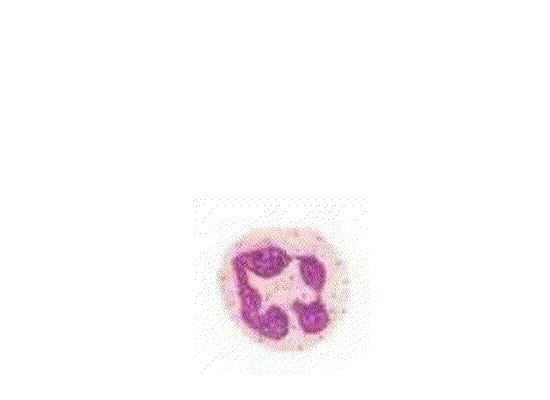
IMMUNOLOGICAL METHODSNitro Blue Tetrazolium Test (NBT test) |
|
The nitroblue tetrazolium test (NBT test) is
a simple screening method to assess the oxygen-dependent cytotoxicity of neutrophils.
As a consequence of the reactive oxygen species (ROS), yellow dye nitroblue tetrazolium is converted to a blue precipitate,
formazan, which is deposited within the cell cytoplasm. The higher the blue score, the better
the cell is at producing reactive oxygen species (ROS). The normal value does not exceed 10%.
The NBT test may be carried out with stimulation of C. albicans or other
test-microbe/test-particles. ©V.V.Klimov
|
